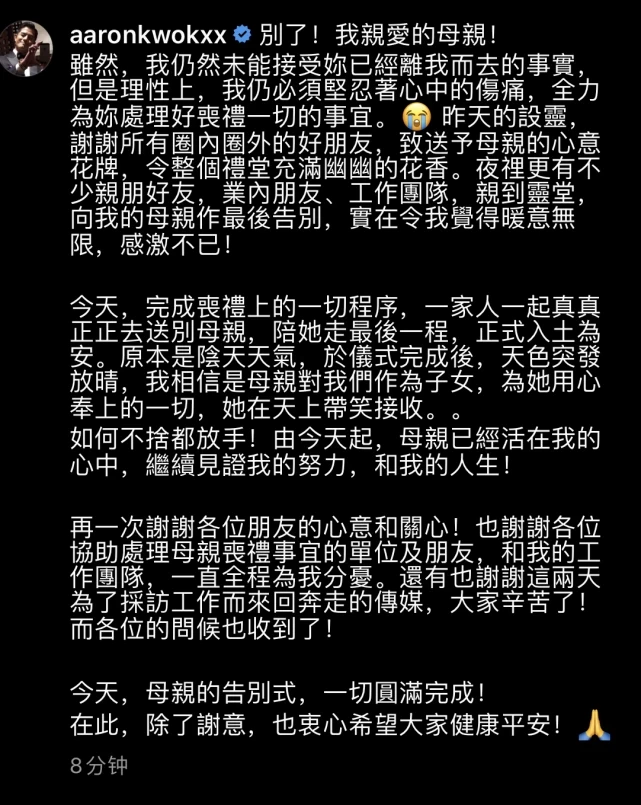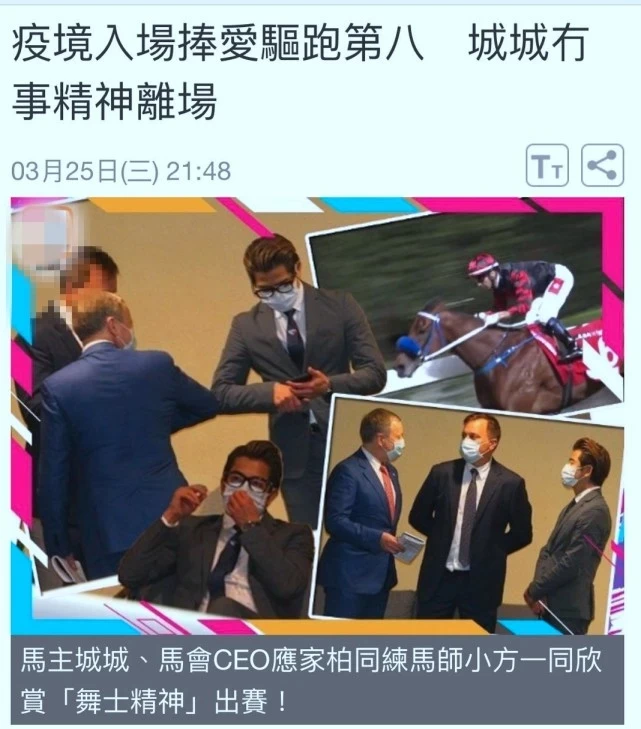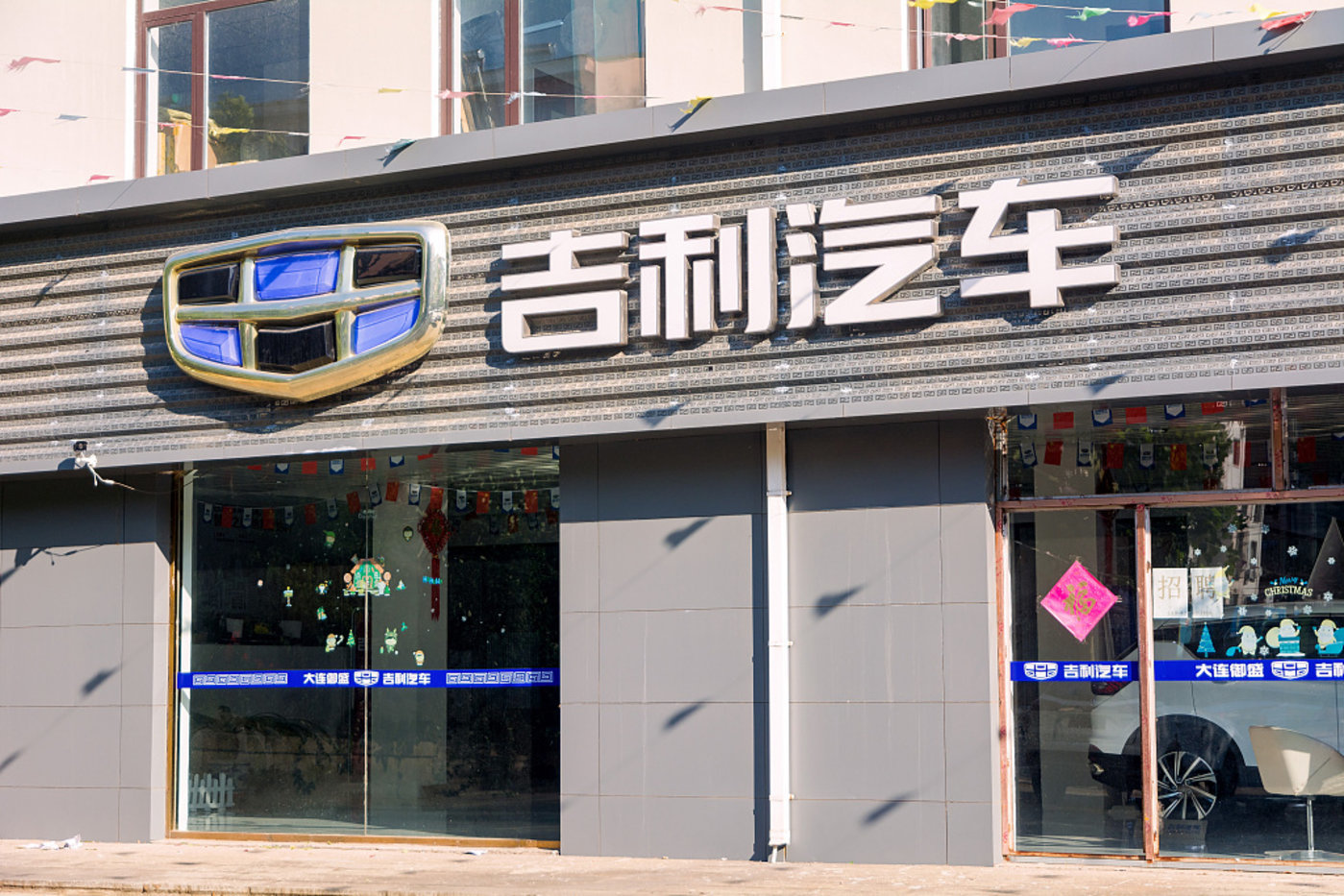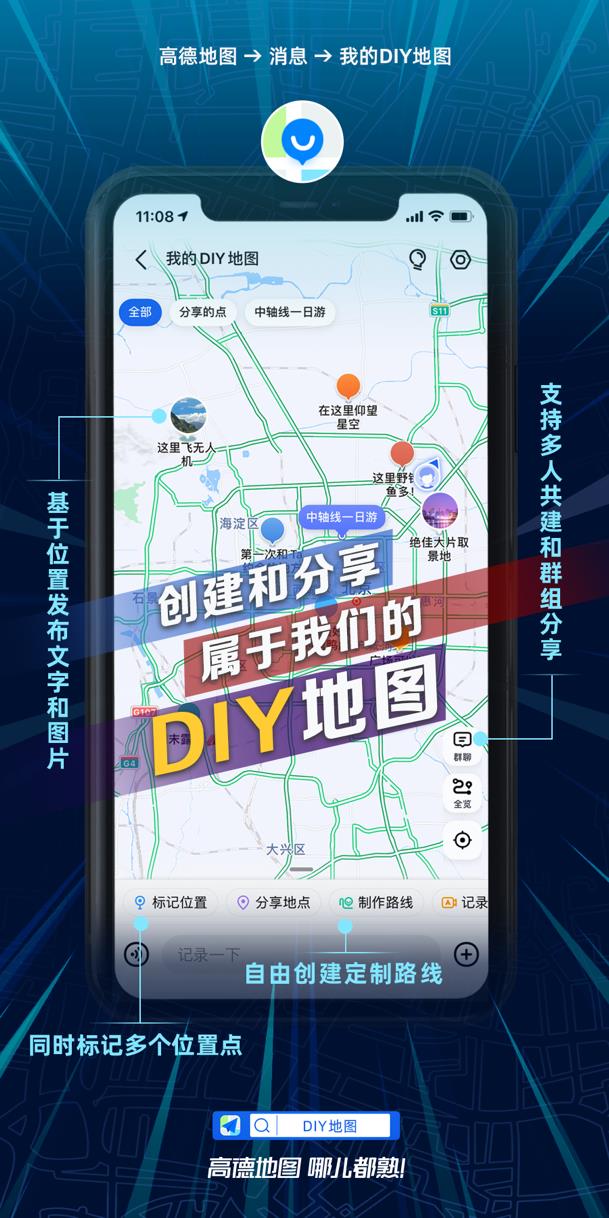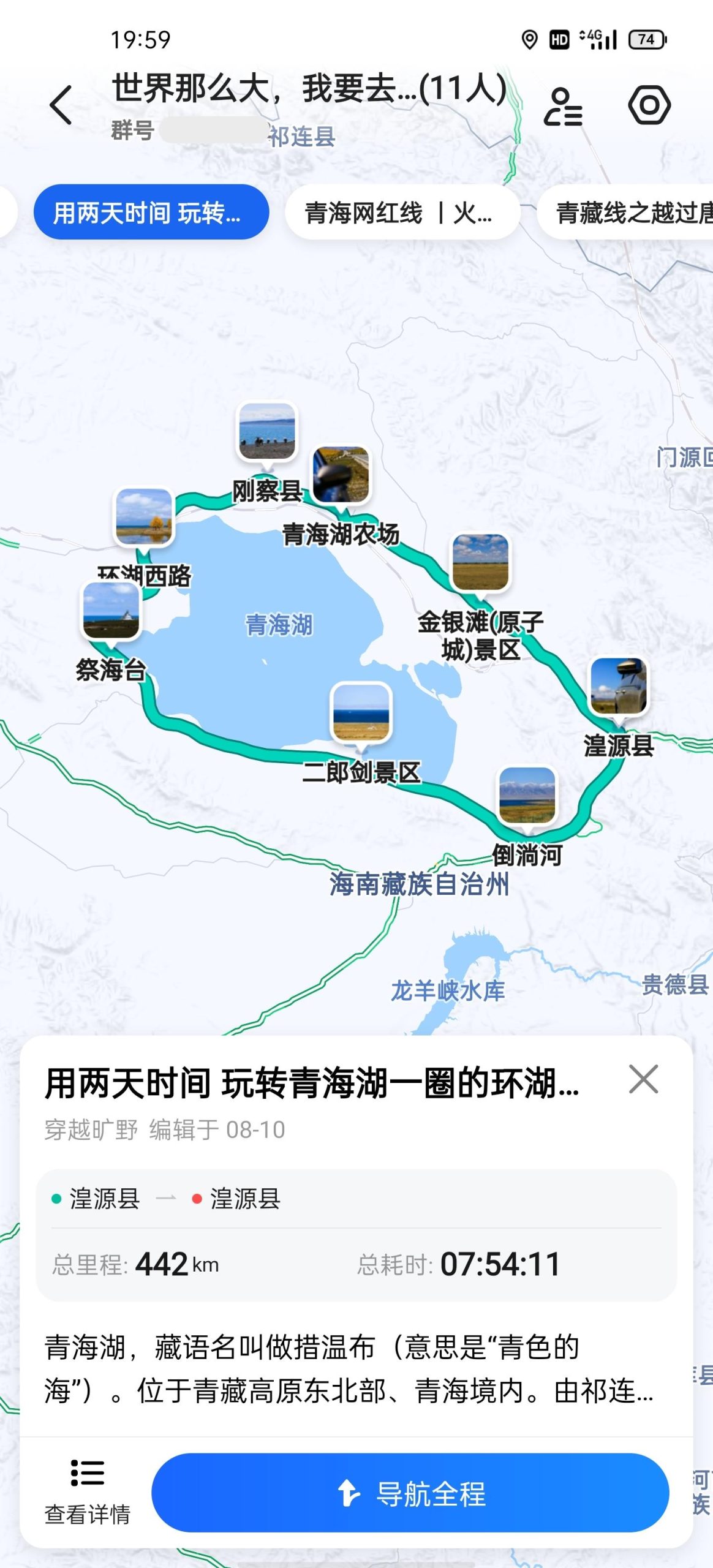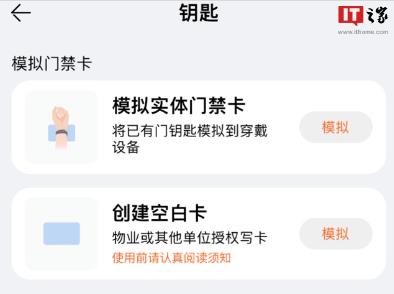Beijing Central Broadcasting Network reported on September 17 that if revenue performance and conversion rate are the superstructure of a catering enterprise, then the catering supply chain is the foundation for the development of a catering enterprise.
In recent years, restaurant chain has become the mainstream trend of the development of the catering industry. Correspondingly, the catering supply chain enterprises have also undergone profound changes, and are changing from a single, traditional to a comprehensive and intelligent direction.
While a number of catering supply chain enterprises have risen rapidly, major catering enterprises have also begun to strengthen their supply chain construction and seek new development breakthroughs.
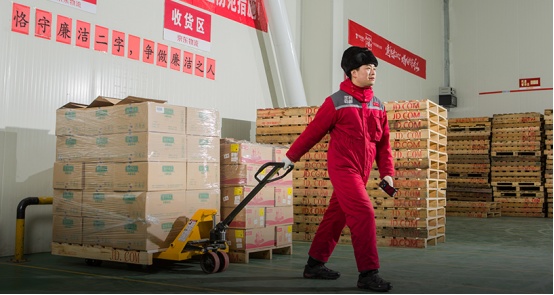
(Picture provided by the enterprise, issued by the Central Broadcasting Network)
JD.com Catering partners with Maxim to deeply empower the development of the catering supply chain
It is reported that on September 14, JD.com Catering and Maxim signed a strategic cooperation agreement. The relevant person in charge of Maxim said that this signing is a milestone for both parties.
As one of the largest catering groups, Maxim’s has been in the industry for 65 years. So far, it has expanded nearly 80 catering brands and operated more than 1,800 high-quality baking and catering stores in China and South East Asia. To support such a huge catering group, it needs a strong supply chain to back it up. To this end, Maxim is actively building its own supply chain system while also seeking a better third-party cooperation platform.

Meixin and JD.com Catering signed a strategic cooperation agreement (photo provided by the enterprise, issued by China Central Broadcasting Network)
In this cooperation with JD.com Catering, Meixin can rely on the JD.com Catering platform to create integrated supply chain solutions from food supply, warehousing and logistics to procurement digital operation management, and explore a better supply chain development model for the catering industry.
JD.com Catering, as the catering business of JD.com Retail Group, has been committed to providing customized services and one-stop supply chain solutions for large and medium-sized brand catering, social group meals, hotels, canteens of enterprises and institutions, and other channels.
The cooperation with Meixin is also of great significance for JD.com Catering to enhance its brand effect, and also serves as a model for its subsequent undertaking of more national chains.
One is a well-known catering group, and the other is the leading digital catering supply chain platform. Their combination will surely bring long-term positive development to the catering industry.
With so many supply chain platforms, why did Meixin choose JD.com Catering?
According to the "2021 China Catering Supply Chain Research Report", in recent years, both listed and non-listed companies have been actively financing their supply chain layout, improving operational efficiency and optimizing industrial processes.
For medium and large chain catering brands, with the increase of volume and influence, the requirements for raw materials are getting higher and higher. At this time, whoever has a strong supply chain is likely to be invincible. However, building a supply chain by yourself is not an easy task. In addition to requiring huge capital investment, how to get through the warehousing, logistics and other links of the supply chain is also a major problem.
Therefore, due to factors such as cost reduction and quality improvement, most medium and large chain restaurants will choose to cooperate with mature supply chain enterprises in order to focus more time and energy on enterprise operation management and Product Research & Development.
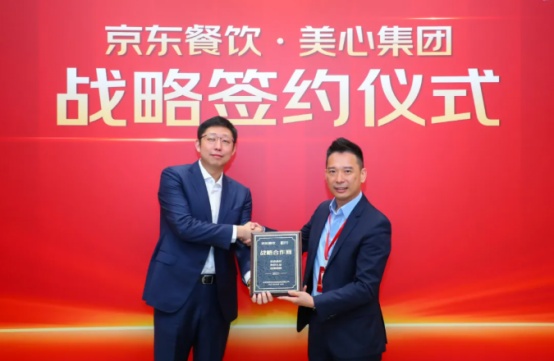
(Picture provided by the enterprise, issued by the Central Broadcasting Network)
The person in charge of Meixin said that the reason why Meixin chose to cooperate with JD.com Catering is that in addition to JD.com Catering’s high reputation and recognition in the catering industry, the most important point is that JD.com Catering can not only help Meixin solve operational pain points through the digital catering supply chain, but also meet its personalized needs and provide a one-stop supply chain solution in line with its development.
1. Logistics
Zhang Haizhen, head of Maxim’s supply chain in China, said, "Maxim’s 14 food and beverage brands in the Chinese mainland, with nearly 260 stores in 15 cities across the country, and nearly 5,000 SKUs in operation, such a business layout in the existing supply chain system is a very big challenge."
JD.com Catering can use its own advantages to meet the logistics needs of all Maxim’s supply chains in one stop, helping it optimize inventory management, reduce operating costs, and efficiently allocate internal resources.
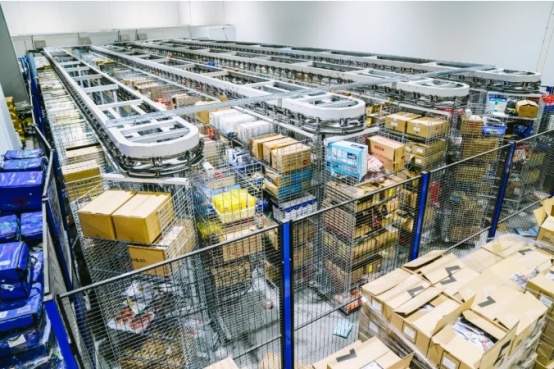
Logistics and warehousing of JD.com catering (picture provided by the enterprise, issued by China Central Broadcasting Network)
It is understood that JD.com Catering and JD.com Group Cold Chain Logistics pioneered the "Catering Business Self-operated Cold Chain B2B Warehouse Distribution System", set up 7 warehouses in 7 regions, and passed the "BRCGSS & D Global Standard System Certification", covering 24 third-tier cities across the country, which can meet the requirements of JD.com Retail Group’s self-operated cold chain 2B business.
2. Raw materials
For large catering companies like Maxim’s, its multi-brand operation covers a wide range of catering categories, involving a wide variety of ingredients and seasonings of different origins and qualities. This leads to large differences in the procurement prices of raw materials in different regions, and the dispersion of origins has caused difficulties in integration. In addition, the long chain chain of the industrial chain requires multi-level sales, and there may be problems such as distribution loss and insufficient weight in the traditional procurement process, which virtually increases the production cost and operating cost of the enterprise.
In addition, it is impossible to accurately grasp the freshness of the ingredients and the stability of the supply.
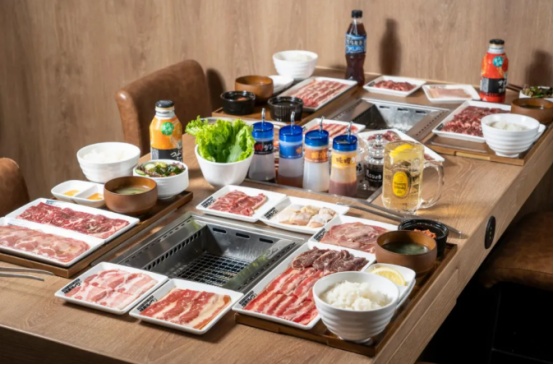
YAKINIKULIKE first store in Chinese mainland (picture provided by the company, issued by CCTV)
With JD.com Catering, Meixin can provide the underlying basic capability guarantee for Meixin’s core procurement link to improve efficiency through JD.com Group’s million-level commodity pool and other underlying capabilities, and can further optimize user experience and build a precise reach system.
In addition, in terms of food safety traceability, JD.com Catering will record the important data of each link in the whole life cycle of food from raw material procurement to user’s table throughout the process. Through the Internet of Things and blockchain technology, a scientific and technological mutual trust mechanism is established to ensure the immutability and privacy protection of data, which can realize the whole process of traceability and escort the whole circulation process of goods.
3. Finance
The catering industry with heavy asset operation has never been an easy business to do. Expenditures such as raw materials, labor, rent and promotion and marketing are all pain points faced by catering people. In the past two years, due to the impact of the pandemic, many catering companies have generally faced pressure such as declining revenue and reduced gross profit. Some catering companies ultimately regretted exiting the market due to a break in cash flow.
As a full stack professional catering supply chain platform, JD.com Catering can provide customers with financial services for a variety of account period solutions, including credit purchase, account period management and other modules, which can meet the business needs of catering enterprises for unified payment of multiple stores, and provide customers with the convenient experience of "advanced goods, post-payment" to assist catering enterprises in solving problems such as financial constraints in the process of rapid growth of stores.

JD.com Catering’s powerful back-end (picture provided by the enterprise, sent by China Central Broadcasting Network)
Step 4 Retailability
The "2020 China Catering Brand Power White Paper" proposes that retailing is the "second curve" of catering brands. Many leading catering brands are involved in the retail field, and the future catering sales channels are no longer limited to offline catering stores; the combination of online and offline models, standardized and retail catering product sales is the general trend.
Under the trend, as a 65-year-old established catering group, Meixin needs to actively embrace the retail field, reshape the catering model with new retail thinking, and transform products or ingredients into retail forms to enter the market based on brand precipitation and own traffic. Through the blessing of online channels, users can achieve secondary value transformation and brand cross-channel extension, fully and directly reach a large number of consumers, and provide online sales channels with the opportunity to convert huge sales traffic. This is also the most important point of Meixin.
Next, through the collaboration with JD.com Catering, Maxim will gain more solutions in the areas of retailing and integrated marketing.
Digging deeper into the supply chain, JD.com Catering offers more possibilities for the development of catering enterprises
From the current situation of the development of chain catering, compared with foreign countries, the chain catering industry in our country is still in the preliminary stage, the concept of social division of labor of medium and large chain catering enterprises is weak, and large-scale professional catering supply chain service enterprises are very scarce.
It is precisely because of the huge prospects and market gaps in the catering supply chain market that JD.com Catering has taken the lead in entering the blue ocean market of the catering supply chain with its keen business sense.
As the most leading catering digital supply chain, JD.com Catering has been committed to helping catering enterprises achieve standardization and large-scale development, providing one-stop full-care supply chain solutions for national catering brands. In the list of catering enterprises served by JD.com Catering, you can see many well-known catering brands, such as Local Qi, Fengmao Grilled Skewers, Will Taiwuji, Xihe Catering, etc.
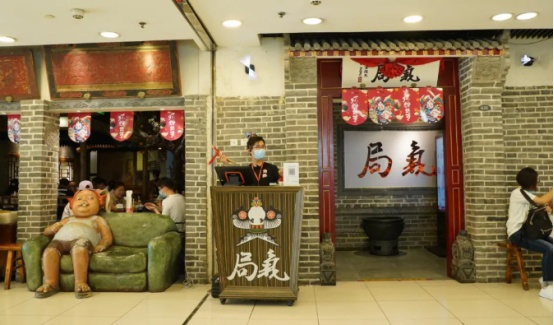
Local gas (picture provided by the enterprise, issued by China Central Broadcasting Network)
JD.com food and beverage industry upstream integration of all categories of high-quality supplier resources and origin rough processing capacity, sales finishing capacity, to achieve customer classification, product grading, and open up the food and beverage industry from origin to table full link. Standardization of non-standard products in the food and beverage industry, traceability of operating data, financial process compliance, and use of digital capabilities to solve industry pain points. Use JD.com Group’s financial and supply chain advantages to reduce costs and increase efficiency for the industry. Promote the retail development of food and beverage, and create economies of scale for industry customers.
In addition to serving chain catering brands, JD.com Catering is also expanding its business scope, such as scenic catering, hotel catering, self-operated catering stores, and group catering businesses.
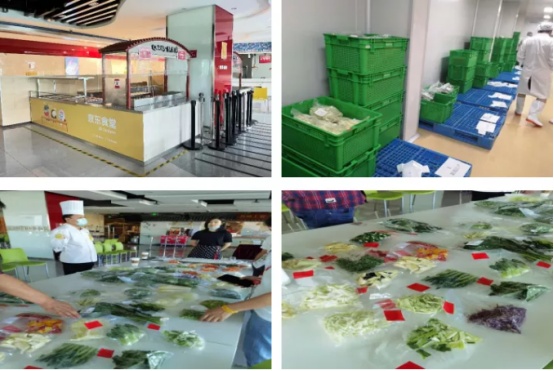
The group meal catering business of JD.com Catering (picture provided by the enterprise, issued by China Central Broadcasting Network)
It is understood that currently JD.com Catering has reached in-depth cooperation with nearly 200 catering stores across the country, many of which are high-quality large enterprises at home and abroad. In terms of project cooperation, it has made great efforts to create excellent typical cases in many industries.
For example, in March 2021, JD.com Catering cooperated with well-known chain catering brands in the Beijing-Tianjin-Hebei region, and within half a year of cooperation, from preparation for operation, trial operation to formal operation to today’s in-depth cooperation, the monthly supply amount was nearly 10 million yuan, running through the one-stop full-trust supply chain operation model.
In terms of the group meal supply chain, JD.com Catering connects with many group meal operators such as Kuaikeli and Xinyouhao, and has opened up multiple links such as systems, platforms, and finance.
When it comes to future goals and plans, Ma Jun, head of JD.com Catering, said that in the future, JD.com Catering will join hands with more ecological partners to create a new model of targeted supply chain for different scenarios, and provide one-stop supply solutions to create greater value for the transformation and upgrading of catering enterprises.
(Note: The pictures in this article are all provided by the enterprise, author: Xiaoyun)





